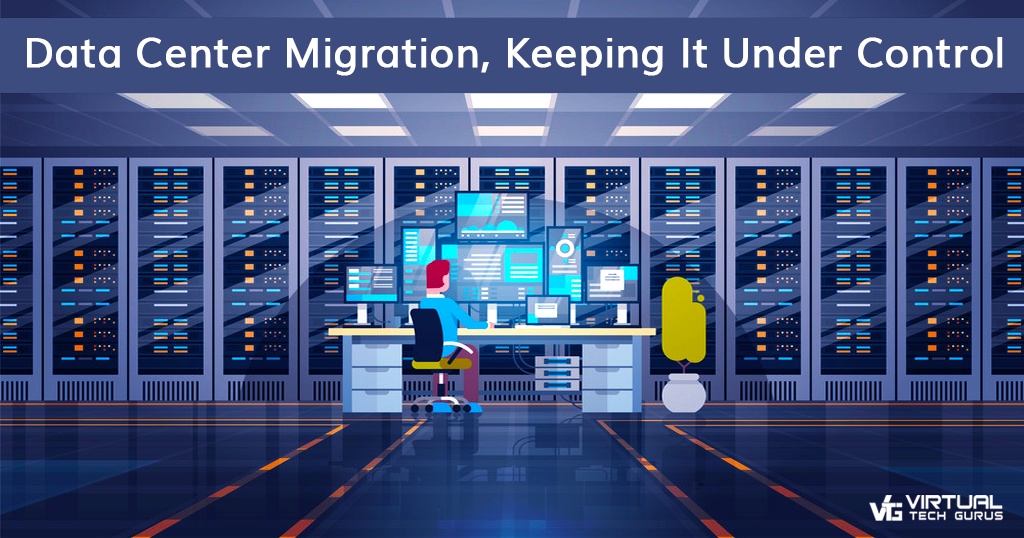
Data Center Migration, Keeping It under Control
Control and visibility – two terms that keep coming up in any discussion of data center migration and the cloud. Together with security, they make up a trio of concerns that can put the brakes on any rush to the cloud.
Not that cloud migration shows any signs of slowing — Gartner predicts that the global public cloud services market is set to grow by more than 17 percent in 2019. But, as commentators point out, that means IT teams will increasingly depend on networks and infrastructure they can’t manage or control to deliver and protect their services and data.
Migration Dilemmas
A recent Solar Winds IT Trends report found that more than half of IT professionals surveyed were concerned about the lack of control, citing that as a major barrier to cloud migration. And, this can become a serious problem when performance issues occur and it’s hard to identify where the source and the responsibility lie.
That poses a dilemma for IT – migrate or keep the data center on premise? Despite the strong growth in public cloud migration, on-premise infrastructure remains important — and it’s attracting investment.
Two-Way Migration
Information Week’s 2018 State of Infrastructure study reported that 24 percent of respondents planned to increase infrastructure spending by more than 10 percent. Twenty-seven percent of respondents reported that their increasing infrastructure spend was driven by the need to support new business opportunities.
Behind that driver is the need to improve the storage and management of data that is key to success in the digital age. Fifty-five percent of respondents saw the growth of storage and data as the strongest consideration in infrastructure decisions.
However, 33 percent also cited the need to integrate with cloud services, so the debate continues. And, that’s reflected in the two-way migration patterns that are emerging. The Solar Winds survey found that 95 percent of IT professionals reported migrating part of their infrastructure to the cloud, but 35 percent of the same respondents had also moved workloads back to the on-premise data center.
Regain Control
The challenge then is to identify the right workloads for migration and to transfer the level of on-premise visibility and control to the cloud. Where security or compliance is critical, the decision to remain on-premise is easier. But, for other applications and services, testing in advance and continuous monitoring are essential elements of a migration strategy.
Before migration, experts recommend measuring performance on-premise to set a benchmark for monitoring the service or application in the cloud. Comprehensive hybrid monitoring tools that work in both environments can give the team a basis for assessment and control. It’s also important to monitor network performance, as application and service issues may have their roots in the network.
If the tools also provide visibility into all aspects of performance, that makes it easier to identify causes and speed up resolution times. Sharing baseline performance data and diagnostic information with cloud service providers supports can improve the process even further, ensuring that customers and end users experience a fast, reliable service from both cloud and data center.
Find Out More
If you would like to know more about our infrastructure and migration services, please check out the articles and infographics on our website.
